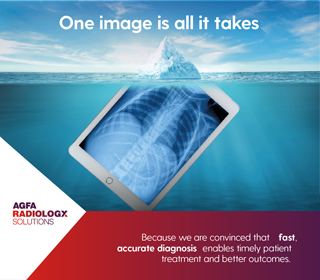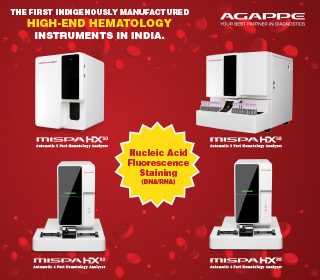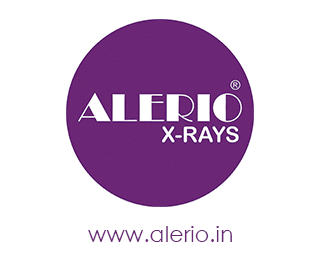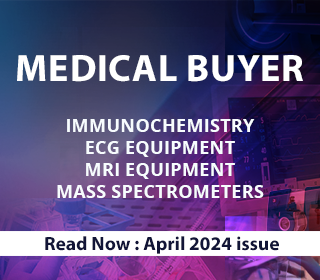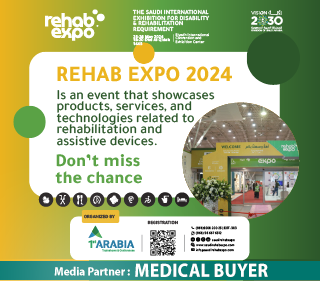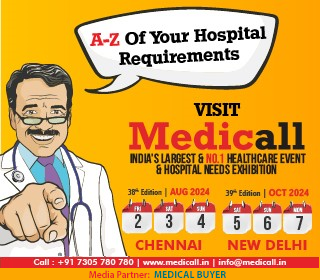Trends
3 steps for user-centric MedTech product innovation
“Product innovation” isn’t just a term; it’s a system used to create products that deliver significant value. How? It balances three crucial business concerns: user desirability, business viability, and technical feasibility.
When applied to developing medical devices, product innovation leads to products that doctors believe in and prescribe, that patients use as directed, and that businesses are able to maintain and evolve within their existing operational and budgetary realities. But what if the first business concern, user desirability, is the most difficult to discern?
Identifying the innovation opportunity
When it’s an at-home therapy, as is the case for our ActaStim-S, a wearable device that delivers energy to stimulate bone growth and promote healing after spinal fusion surgery, day-to-day adherence decisions rest solely with the patient. If your technology is like ours, it has been clinically proven and is prescribed to be used throughout the day on a consistent basis for several months as dictated by the patient’s doctor. However, patients only realize the benefit of the therapy if they consistently use the device. So, one way to improve the odds of a successful recovery would be finding a way to get more people to use the device as prescribed — i.e., to boost adherence.
In our case, we thought a companion app could play a role — maybe it would provide reminders to use the device. Or encourage people to use it. Or actually provide data showing patients how they are progressing. There were so many directions we could go, and patients recovering from spine surgery have unique and specific challenges and needs. How would we know where to focus our app development and how best to use the resources to do so?
Determining your product innovation framework
One reason product innovation appealed to us so much was that it emphasizes de-risking products as you develop them. It wasn’t just a matter of making sure we developed an app that post-surgery patients felt comfortable using — their surgeons had to value the app enough for it to be a deciding factor in their prescribing our device over similar competitive products.
And not only that, but if we determined that we could build such an app, we had to make sure we could build it in such a way that we’d be able to maintain it and adapt it over time, meaning that we had the internal resources to commit to app maintenance.
At a high level, this framework was incredibly useful in guiding our thinking about developing a companion app for the ActaStim-S. Design thinking clarified how we might go about deciding what to build, and, from there, the overall framework of product innovation helped us decide whether we could build it in a way that was sustainable for our business.
Leveraging user research to inform your product design
The process of creating the app itself started with user research. We partnered with a firm called TXI that specializes in product innovation and customer research. We worked closely with them to understand what we could provide our patient and doctor customers and how we could test our companion app concepts.
We used the process of design thinking, researching how people interact with their environments and looking at the challenges spine fusion patients experience post-operatively in maintaining a consistent therapy schedule. This was a big task, and we knew it could lead us in many directions. We didn’t know where to start.
Turns out, that’s okay. Product innovation and design thinking start with getting to know end users to understand what problems they have and, from there, how we might solve them. We spoke to people who had recently had lumbar spine fusion (including some who were also prescribed bone growth stimulators), as well as spine surgeons who prescribe bone growth stimulators and review patient outcomes.
The surgeons we spoke to laid out a few concerns:
- Patient outcomes post-surgery improved when patients wore the bone growth stimulator as much as possible and engaged in regular activity; but…
- Activity like walking can be painful following surgery, leading some patients to avoid it, which can prevent healing.
- Check-ins in the months after surgery are sporadic. It’s difficult to track recovery because surgeons rely primarily on patients’ memory of their pain to gauge how they’re improving — and memory of pain is notoriously unreliable.
We also spoke to patients, who admitted to not always using their bone growth stimulators as recommended, in part because they were unclear on its benefits.
These conversations helped validate the potential for a companion app and shape what that app might do for both patient and doctor. The version we launched does four key things:
- It tracks wearer activity, which it gets from an accelerometer built into the device.
- It prompts patients to track their pain levels daily (in a “pain diary”).
- It displays usage each day (including times of usage) over days, weeks, and months.
- It combines and presents visualizations of pain levels overlaid on activity and device usage levels so patients can track their progress over time and see the correlation between adherence and improvement while allowing for patient journaling to record time relevant events along the way.
Med Device Online


